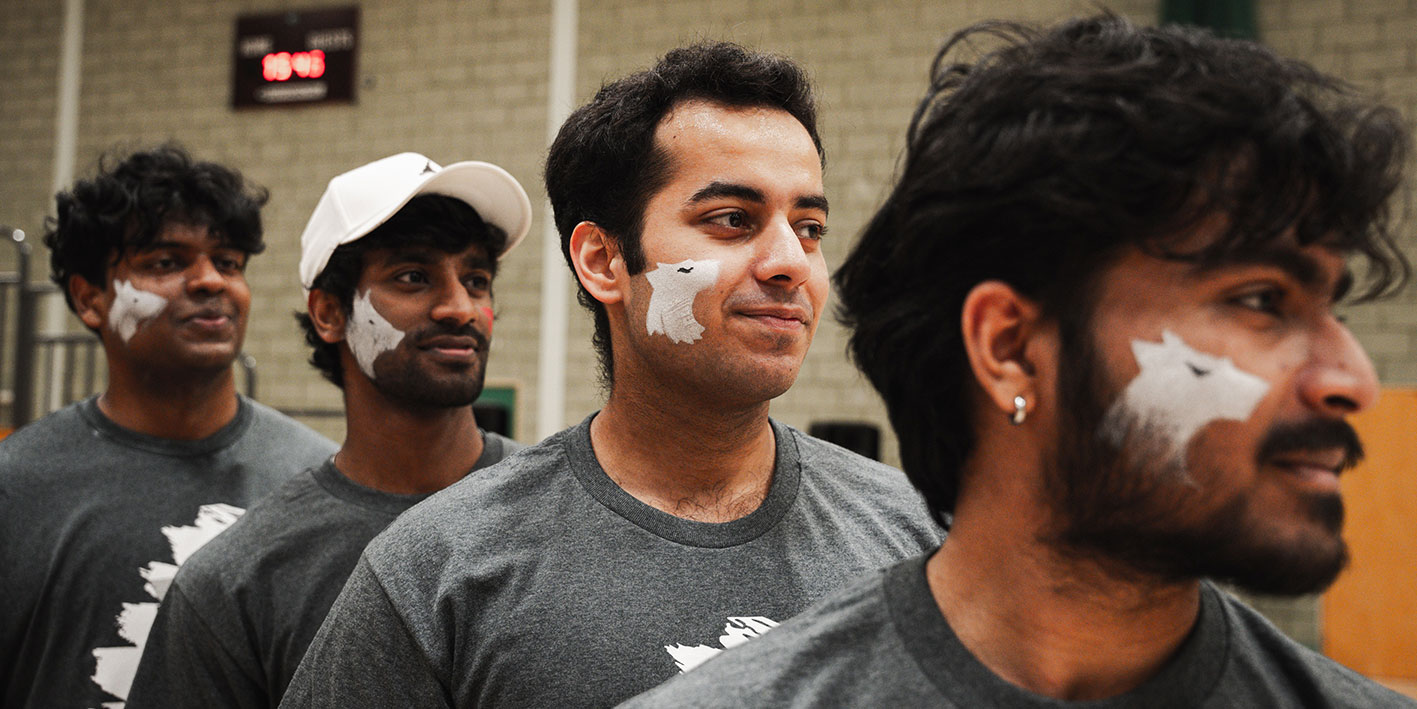
Strength and conditioning appears to be key to modern grand slam success, new research reveals
Strength and conditioning appears to be key to modern grand slam success, new research reveals
- Study finds that elite male tennis players have transformed from lean endurance to power-trained athletes over course of four decades
- The most successful modern grand slam tennis players have developed far greater BMI (reflecting increased muscle mass) than less successful players
Strength and conditioning appears to be key to winning a modern day grand slam tournament, a new study into the changing shape of elite male tennis players, published in European Journal of Sport Science, has revealed.
The research, carried out by Professor Alan Nevill and Adam Watts from the University of Wolverhampton, shows that elite male tennis players in grand slam tournaments have transformed from lean endurance to power-trained athletes across the space of four decades.
Importantly there has been a significantly steeper rise in BMI (thought to reflect greater muscle mass) of the most successful grand slam tennis players compared with less successful players, meaning that muscularity, strength and power are a crucial factor associated with success in all modern Grand Slam tournaments.
Professor Nevill and Adam Watts examined data for the players qualifying for the first round of each of the four Grand Slam tournaments: the Australian Open, French Open, Wimbledon, and US Open, over a period spanning four decades. They tracked the body shape of players to identify whether the relative shape and size characteristics of elite male tennis players have changed over time, and in addition whether any anthropometric parameters characterise the more successful players in Grand Slam tournaments.
The study revealed that BMI has increased in a non-linear fashion from the early 1980s, growing at its fastest rate during the 1990s, and peaking in 2009/2010. At the same time, RPI (leanness/linearity) also declined from the early 1980s, with the steepest decline in the 1990s, “bottoming out” in 2009/2010.
It also found a significantly steeper rise in the BMI and decline in RPI of the more successful players (“winners”) - those progressing to round 3 and beyond - compared with players who went out in earlier rounds.

Professor Alan Nevill, from University of Wolverhampton’s Institute of Sport, said: “Our research shows that in the 1980s players were more likely to be lean and linear, rather than muscular or bulky; these were endurance athletes who relied on skill – for example Bjorn Borg. These days, as observed in the example of Andy Murray, most elite players have fitness coaches and have become concerned with strength and conditioning to get through to final stages of grand slam tournaments.
“This is because high levels of muscle mass and low levels of body fat afford competitive advantage in terms of the ability to generate greater power behind shots, as well as the potential to generate greater speed and agility around the court.
“There is, however, a trade off with the intensity of training required to develop muscle mass, as both Nadal and Murray have experienced periods of injury in recent years. These injuries are consistent with the profile of injuries experienced by elite tennis players, most occurring in the lower extremities, followed by the upper extremities and then the trunk.”
Prior to this study there has been little data available relating to the change in anthropometric characteristics of elite tennis players over time.
ENDS
For more information or to interview Professor Nevill please contact James Allen in the Media Relations Office on 01902 322003.
Date Issued: Monday 27 June 2016
Notes to editors
For more information please contact the Corporate Communications Team.


/prod01/wlvacuk/media/departments/digital-content-and-communications/images-2024/240328-Varsity-Line-Up-Resized.jpg)
/prod01/wlvacuk/media/departments/digital-content-and-communications/images-18-19/220325-Engineers_teach_thumbail.jpg)
/prod01/wlvacuk/media/departments/digital-content-and-communications/images-2024/240404-Digital-Humanities-Training-Resized.jpg)
/prod01/wlvacuk/media/departments/digital-content-and-communications/images-2024/240320-Uzbekistan-Resized.jpg)
/prod01/wlvacuk/media/departments/digital-content-and-communications/images-2024/240229-The-Link-Resized.jpg)
/prod01/wlvacuk/media/departments/digital-content-and-communications/images-2024/240404-Pharmacy-Students-Resized.jpg)

